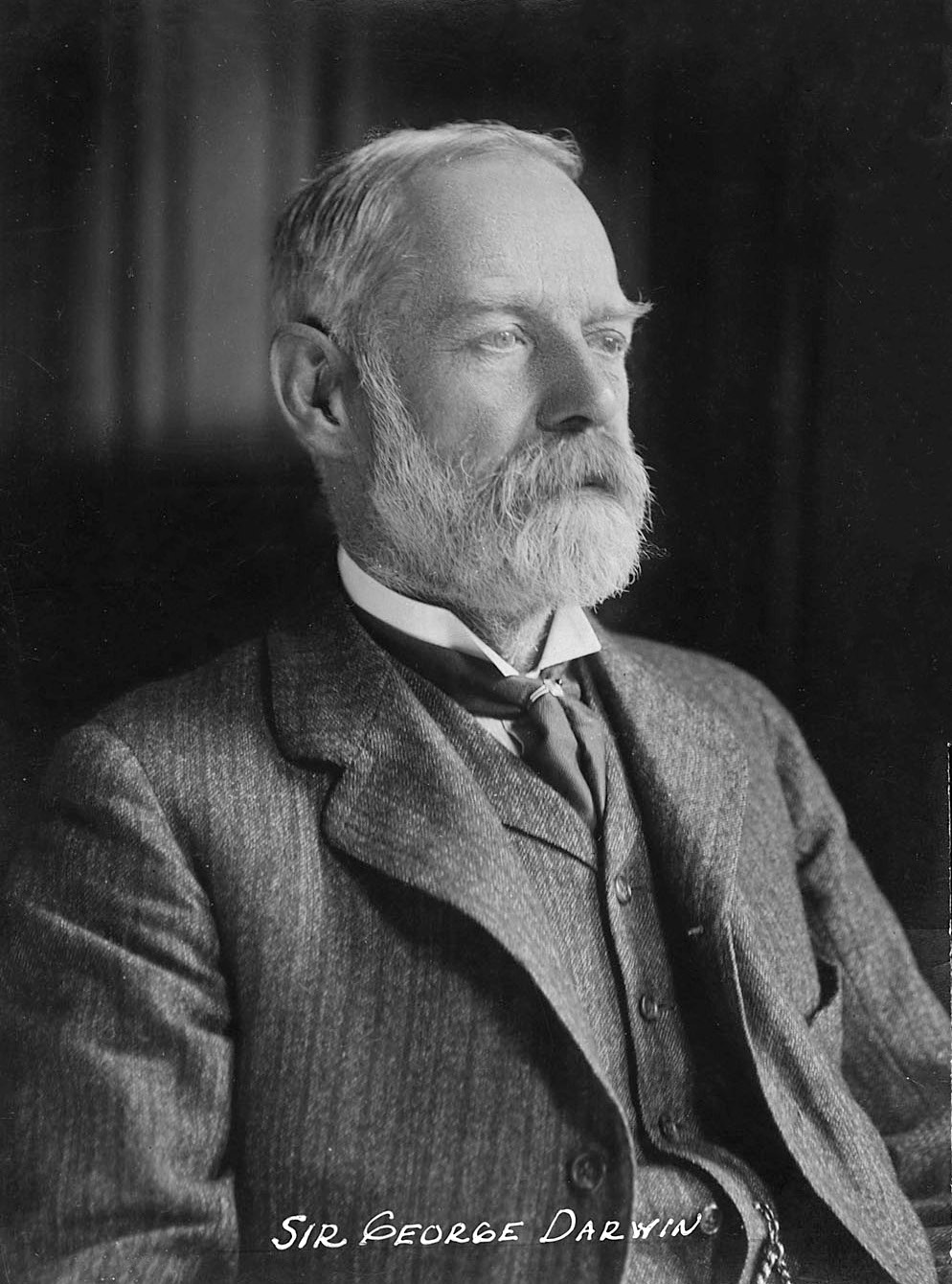|
Investigative Genetic Genealogy
Investigative genetic genealogy, also known as forensic genetic genealogy, is the emerging practice of utilizing genetic information from direct-to-consumer companies for identifying suspects or victims in criminal cases. As of December 2023, the use of this technology has solved a total of 651 criminal cases, including 318 individual perpetrators who were brought to light. There have also been 464 decedents identified, as well as 4 living Does. The investigative power of genetic genealogy revolves around the use of publicly accessible genealogy databases such as GEDMatch and Family TreeDNA. On GEDMatch, users are able to upload their genetic data from any direct-to-consumer company in an effort to identify relatives that have tested at companies other than their own. Identifying unknown subjects through investigative genetic genealogy is done through the use of analysis of identity-by-descent (IBD) segments of DNA that indicate shared ancestors. Data available in GEDMatch, whic ... [...More Info...] [...Related Items...] OR: [Wikipedia] [Google] [Baidu] |
23andMe
23andMe Holding Co. is an American personal genomics and biotechnology company based in South San Francisco, California. It is best known for providing a direct-to-consumer genetic testing service in which customers provide a saliva testing, saliva sample that is laboratory analysed, using SNP genotyping, single nucleotide polymorphism genotyping, to generate reports relating to the customer's ancestry and genetic predispositions to health-related topics. The company's name is derived from the 23 pairs of chromosomes in a diploid human cell (biology), cell. Founded in 2006, 23andMe soon became the first company to begin offering autosomal DNA testing for ancestry, which all other major companies now use. Its saliva-based direct-to-consumer genetic testing business was named "Invention of the Year" by ''Time (magazine), Time'' in 2008. The company had a previously fraught relationship with the United States Food and Drug Administration (FDA) due to its genetic health tests; as of ... [...More Info...] [...Related Items...] OR: [Wikipedia] [Google] [Baidu] |
Forensic Disciplines
Forensic science combines principles of law and science to investigate criminal activity. Through crime scene investigations and laboratory analysis, forensic scientists are able to link suspects to evidence. An example is determining the time and cause of death through autopsies. This evidence can then be used for proof towards a crime. Forensic science, often confused with criminalistics, is the application of science principles and methods to support legal decision-making in matters of criminal and civil law. During criminal investigation in particular, it is governed by the legal standards of admissible evidence and criminal procedure. It is a broad field utilizing numerous practices such as the analysis of DNA, fingerprints, bloodstain patterns, firearms, ballistics, toxicology, microscopy, and fire debris analysis. Forensic scientists collect, preserve, and analyze evidence during the course of an investigation. While some forensic scientists travel to the scene of the ... [...More Info...] [...Related Items...] OR: [Wikipedia] [Google] [Baidu] |
Genetic Genealogy
Genetic genealogy is the use of genealogical DNA tests, i.e., DNA profiling and DNA testing, in combination with traditional genealogical methods, to infer genetic relationships between individuals. This application of genetics came to be used by family historians in the 21st century, as DNA tests became affordable. The tests have been promoted by amateur groups, such as Surname DNA project, surname study groups or regional genealogical groups, as well as research projects such as the Genographic Project. about 30 million people had been tested. As the field developed, the aims of practitioners broadened, with many seeking knowledge of their ancestry beyond the recent centuries, for which traditional pedigrees can be constructed. History The investigation of surnames in genetics Genetics is the study of genes, genetic variation, and heredity in organisms.Hartl D, Jones E (2005) It is an important branch in biology because heredity is vital to organisms' evolution. ... [...More Info...] [...Related Items...] OR: [Wikipedia] [Google] [Baidu] |
Parabon NanoLabs
Parabon NanoLabs, Inc. is an American company based in Reston, Virginia, that develops nanopharmaceuticals and provides DNA phenotyping services for law enforcement organizations. History Parabon NanoLabs, a subsidiary of Parabon Computation, a computing software provider, was founded in 2008 by Steven Armentrout, Michael Norton and Christopher Dwyer. In 2018 Armentrout was the chief executive officer and President of Parabon Computation. Parabon NanoLabs has developed oncology therapeutics and synthetic vaccines using nanotechnology and DNA phenotyping. Products inSēquio Design Studio Together with the Edgewood Chemical Biological Center, the United States Army Research Office and the National Science Foundation as part of a project in the Federal Small Business Innovation Research program, Parabon developed a computer aided design software called inSēquio Design Studio for nanoengineering DNA constructs. This software was used to design and develop synthetic vaccines. ... [...More Info...] [...Related Items...] OR: [Wikipedia] [Google] [Baidu] |
Othram
Othram (also Othram Inc.) is an American corporation specializing in forensic genetic genealogy to resolve unsolved murders, disappearances, and identification of unidentified decedents or murder victims (colloquially known as John Does and Jane Does). The company offers law enforcement agencies tools and programs to infer kinship among individuals, closely and distantly related, through a combination of short tandem repeat and single nucleotide polymorphism testing, as well as forensic genome sequencing of DNA. Othram has assisted with identifications of cold cases such as Beth Doe, Septic Tank Sam, and Delta Dawn. Many cases are not publicized until after a successful identification. Othram technology and casework inspired the 500th episode of '' Law & Order: Special Victims Unit''. Notable cases Suspect identifications These are cases where Othram has sequenced DNA and returned forensic genetic genealogy leads for the suspect in a violent crime, such as a sexual as ... [...More Info...] [...Related Items...] OR: [Wikipedia] [Google] [Baidu] |
MyHeritage
MyHeritage is an online genealogy platform with web, mobile, and Genealogy software, software products and services, introduced by the Israeli company MyHeritage in 2003. Users of the platform can obtain their family trees, upload and browse through photos, and search through over 19.9 billion Public records, historical records, among other features. In early 2021 they were acquired by Francisco Partners an private equity firm for $600 million. As of 2023, the service supports 42 languages. In 2016, it launched a genetic testing service called MyHeritage DNA, with more than 6.5 million DNA kits in the company's database by March 2023.MyHeritage Launches 3rd DNA Quest Initiative to Help Adoptees Find Their Birth Families Yahoo! Fina ... [...More Info...] [...Related Items...] OR: [Wikipedia] [Google] [Baidu] |
Ramapo College
Ramapo College of New Jersey (RCNJ) is a Public university, public liberal arts college in Mahwah, New Jersey. It is part of New Jersey's public system of higher education. As of the fall 2021 semester, there were a total of 5,732 students enrolled at the college, including 576 graduate students and 11 doctorate students. The school has a "somewhat selective" acceptance rate. History In the late 19th century, the Ramapo Valley was developed for large estates by many wealthy families. Ramapo Valley is named after the Ramapough, a band of the Lenape Indians. Theodore Havemeyer and his family arrived in the area in the 1870s. Havemeyer, a founder of the American Sugar Company, purchased and renovated a home on the road that would become U.S. Route 202 in New Jersey, Route 202 and developed more than surrounding the mansion into a farm. In 1889 he had a second mansion built on the property for one of his daughters. That mansion and about of the original 1,000 were later purchas ... [...More Info...] [...Related Items...] OR: [Wikipedia] [Google] [Baidu] |
Combined DNA Index System
The Combined DNA Index System (CODIS) is the United States national DNA database created and maintained by the Federal Bureau of Investigation. CODIS consists of three levels of information; Local DNA Index Systems (LDIS) where DNA profiles originate, State DNA Index Systems (SDIS) which allows for laboratories within states to share information, and the National DNA Index System (NDIS) which allows states to compare DNA information with one another. The CODIS software contains multiple different databases depending on the type of information being searched against. Examples of these databases include, missing persons, convicted offenders, and forensic samples collected from crime scenes. Each state, and the federal system, has different laws for collection, upload, and analysis of information contained within their database. However, for privacy reasons, the CODIS database does not contain any personal identifying information, such as the name associated with the DNA profile. T ... [...More Info...] [...Related Items...] OR: [Wikipedia] [Google] [Baidu] |
Third-party Doctrine
The third-party doctrine is a United States legal doctrine that holds that people who voluntarily give information to third parties—such as banks, phone companies, internet service providers (ISPs), and e-mail servers—have "no reasonable expectation of privacy" in that information. A lack of privacy protection allows the United States government to obtain information from third parties without a legal warrant and without otherwise complying with the Fourth Amendment prohibition against search and seizure without probable cause and a judicial search warrant. Chronology Followed by the states in 1791, the Fourth Amendment to the United States Constitution was enacted in 1792, holding: In ''Katz v. United States'' (1967), the United States Supreme Court established its reasonable expectation of privacy test, which drastically expanded the scope of what was protected by the 4th amendment to include "what personseeks to preserve as private, even in an area accessible to th ... [...More Info...] [...Related Items...] OR: [Wikipedia] [Google] [Baidu] |
Family Tree DNA
FamilyTreeDNA is a division of Gene by Gene, a commercial genetic testing company based in Houston, Texas. FamilyTreeDNA offers analysis of autosomal DNA, Y-DNA, and mitochondrial DNA to individuals for genealogical purpose. With a database of more than two million records, it is the most popular company worldwide for Y-DNA and mitochondrial DNA, and the fourth most popular for autosomal DNA. In Europe, it is the most common also for autosomal DNA. FamilyTreeDNA as a division of Gene by Gene were acquired by MYDNA, Inc., an Australian company, in January 2021. History Concept and founding (2000–2002) FamilyTreeDNA was founded based on an idea conceived by Bennett Greenspan, a lifelong entrepreneur and genealogy enthusiast. In 1999, Greenspan had entered semi-retirement and was working on his family history. He began work on his mother's Nitz lineage. When faced with a roadblock in his work, he remembered two cases of genetics being used to prove ancestry that had rece ... [...More Info...] [...Related Items...] OR: [Wikipedia] [Google] [Baidu] |
Ancestry
An ancestor, also known as a forefather, fore-elder, or a forebear, is a parent or ( recursively) the parent of an antecedent (i.e., a grandparent, great-grandparent, great-great-grandparent and so forth). ''Ancestor'' is "any person from whom one is descended. In law, the person from whom an estate has been inherited." Relationship Two individuals have a genetic relationship if one is the ancestor of the other or if they share a common ancestor. In evolutionary theory, species which share an evolutionary ancestor are said to be of common descent. However, this concept of ancestry does not apply to some bacteria and other organisms capable of horizontal gene transfer. Some research suggests that the average person has twice as many female ancestors as male ancestors. This might have been due to the past prevalence of polygynous relations and female hypergamy. Assuming that all of an individual's ancestors are otherwise unrelated to each other, that individual has 2'' ... [...More Info...] [...Related Items...] OR: [Wikipedia] [Google] [Baidu] |







